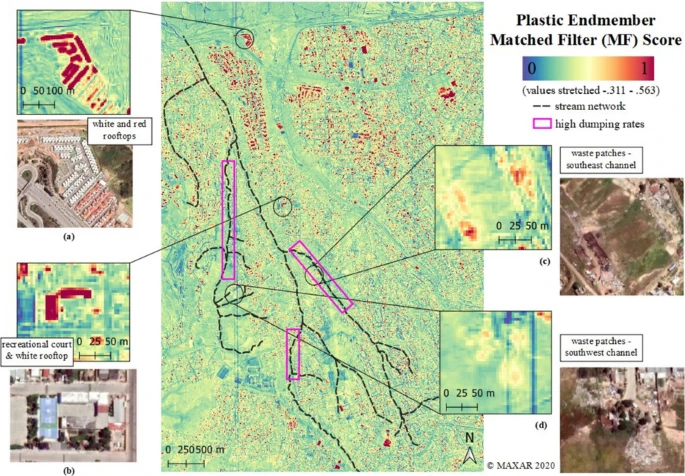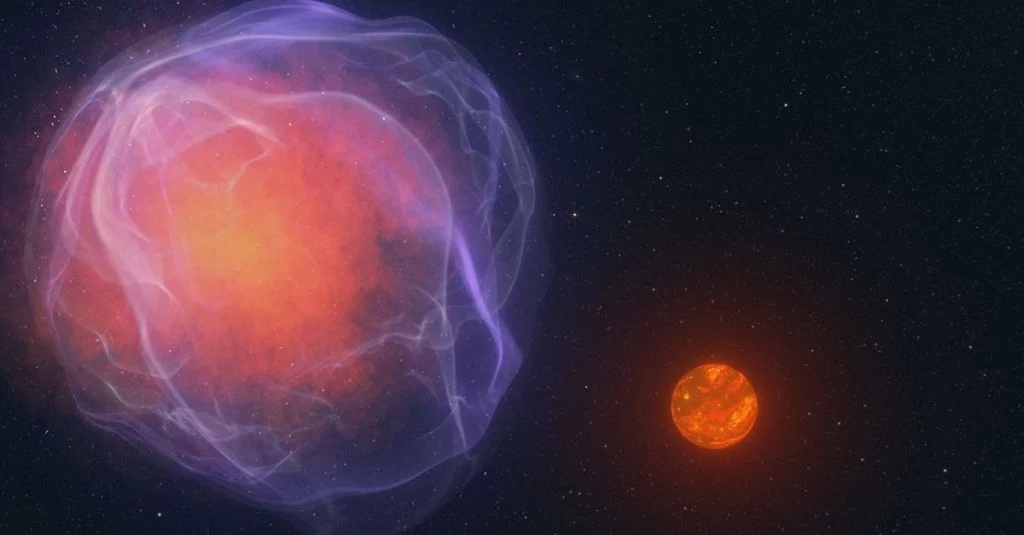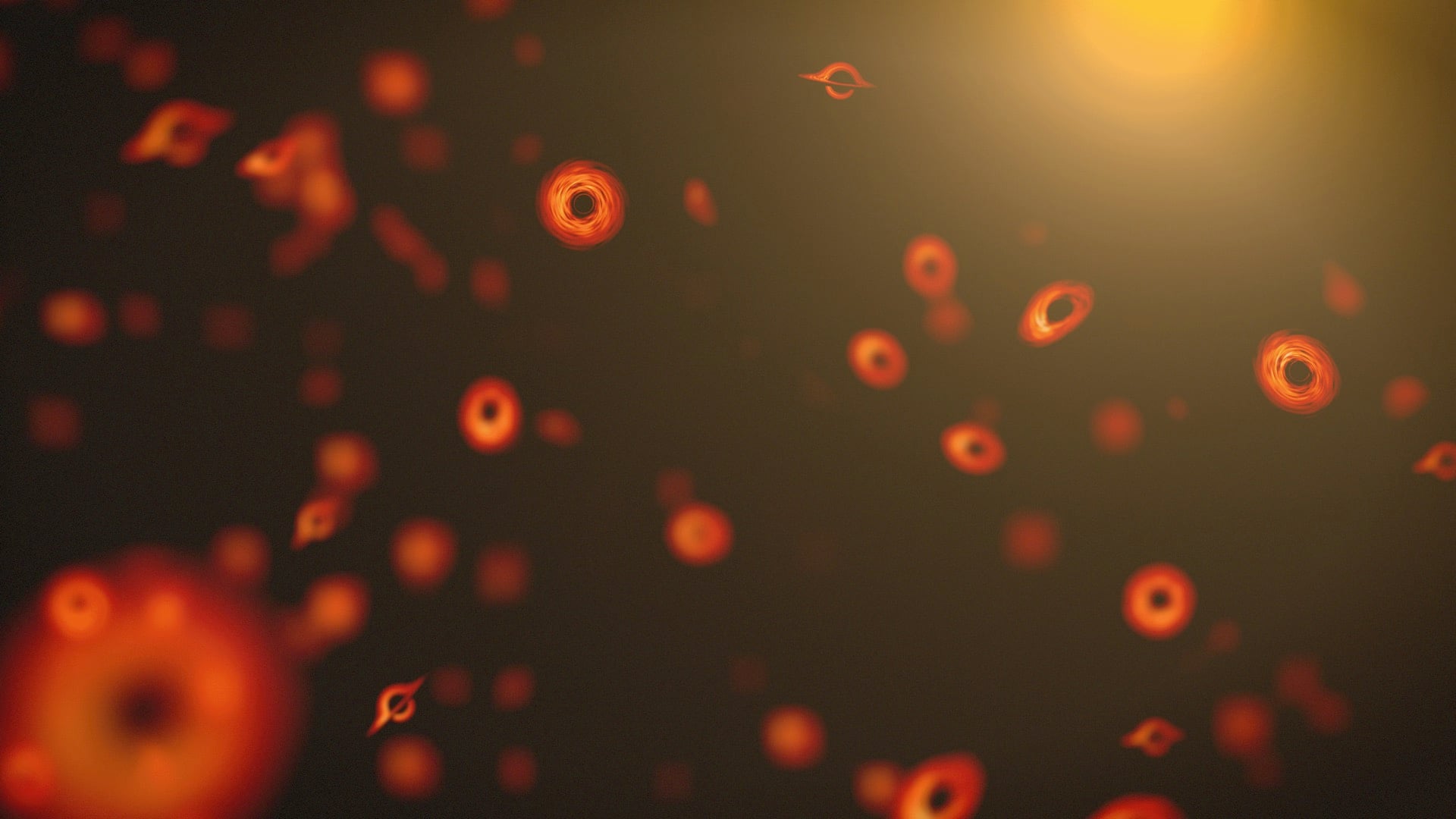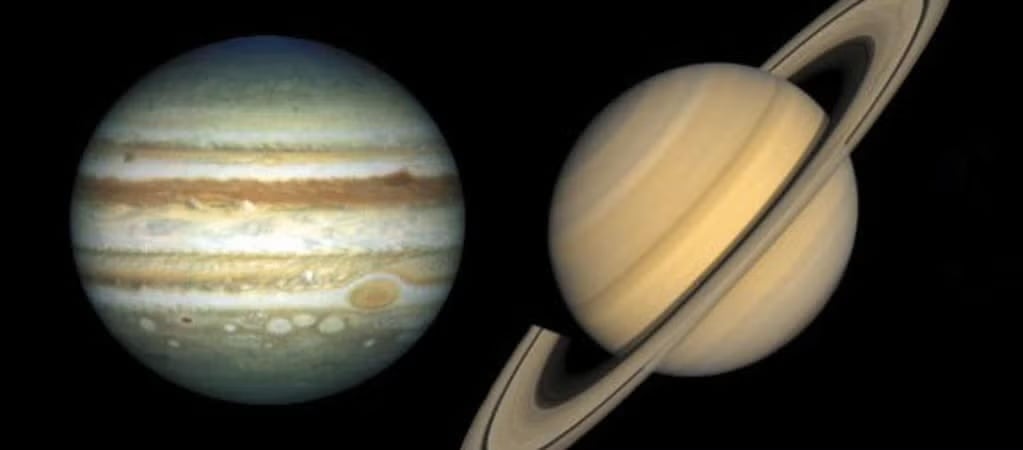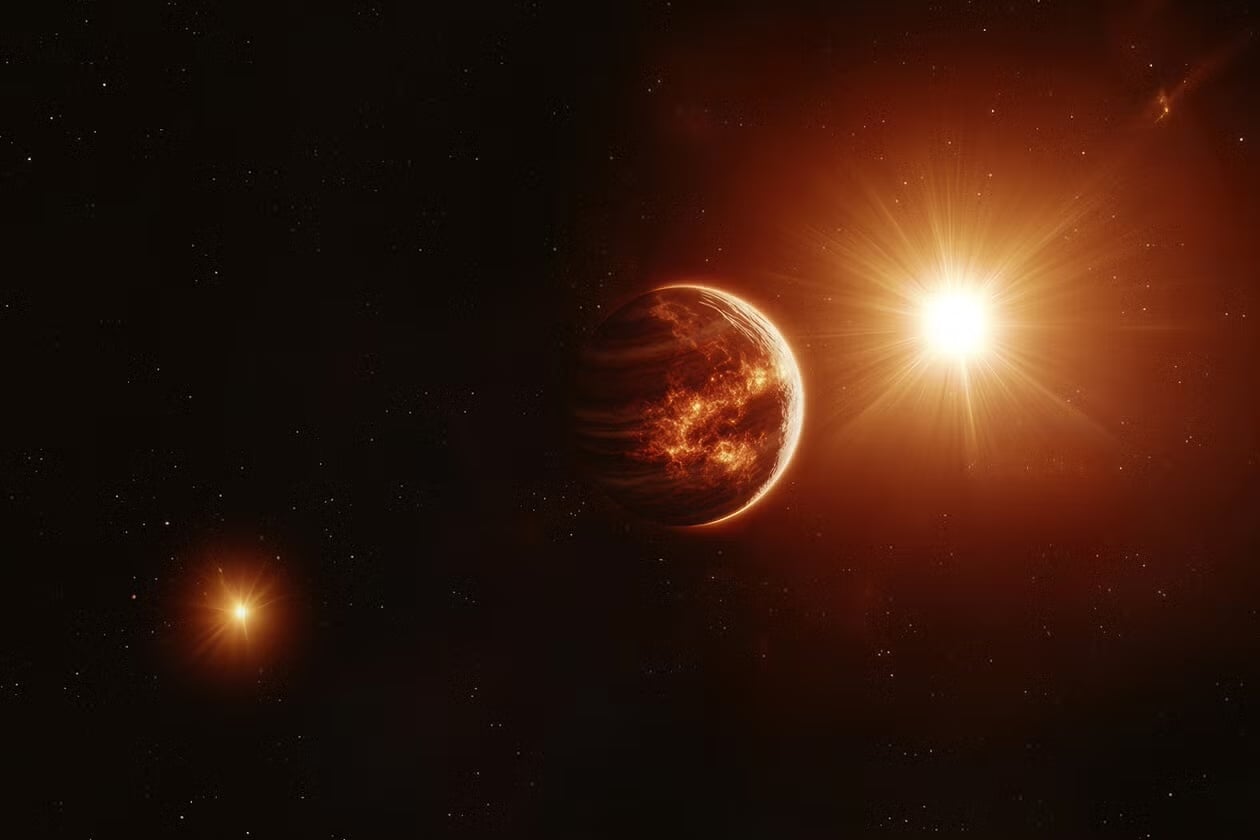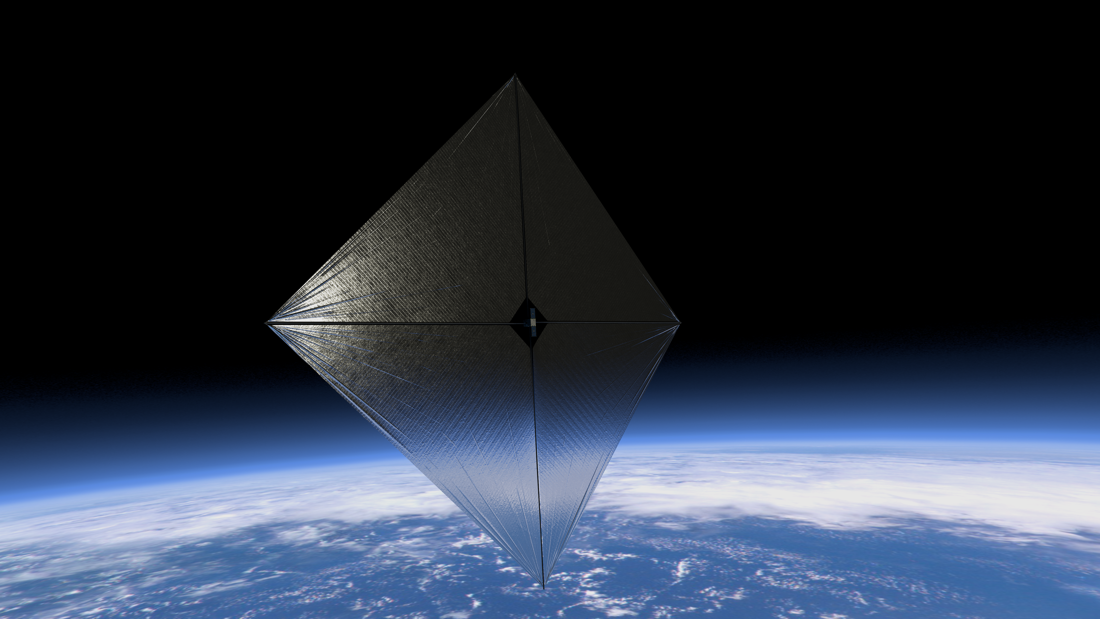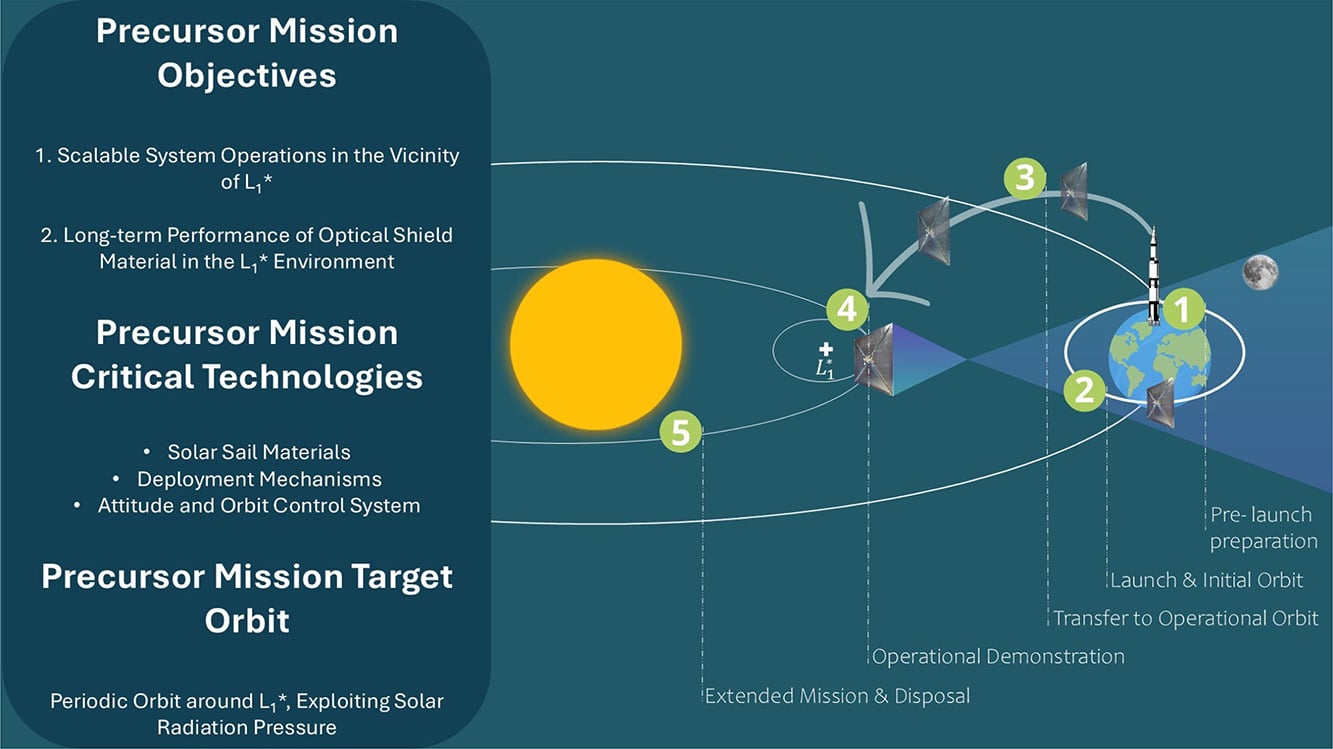
For long-duration missions, female astronauts generally use hormonal contraception to suppress their periods. But this method has potential health risks and requires special storage. Pads and tampons create waste in space. Now researchers have tested menstrual cups on a sub-orbital rocket flight, where they experienced the force of launch, and found they performed identically to ground control cups. This could provide a new option to female astronauts on future missions.
